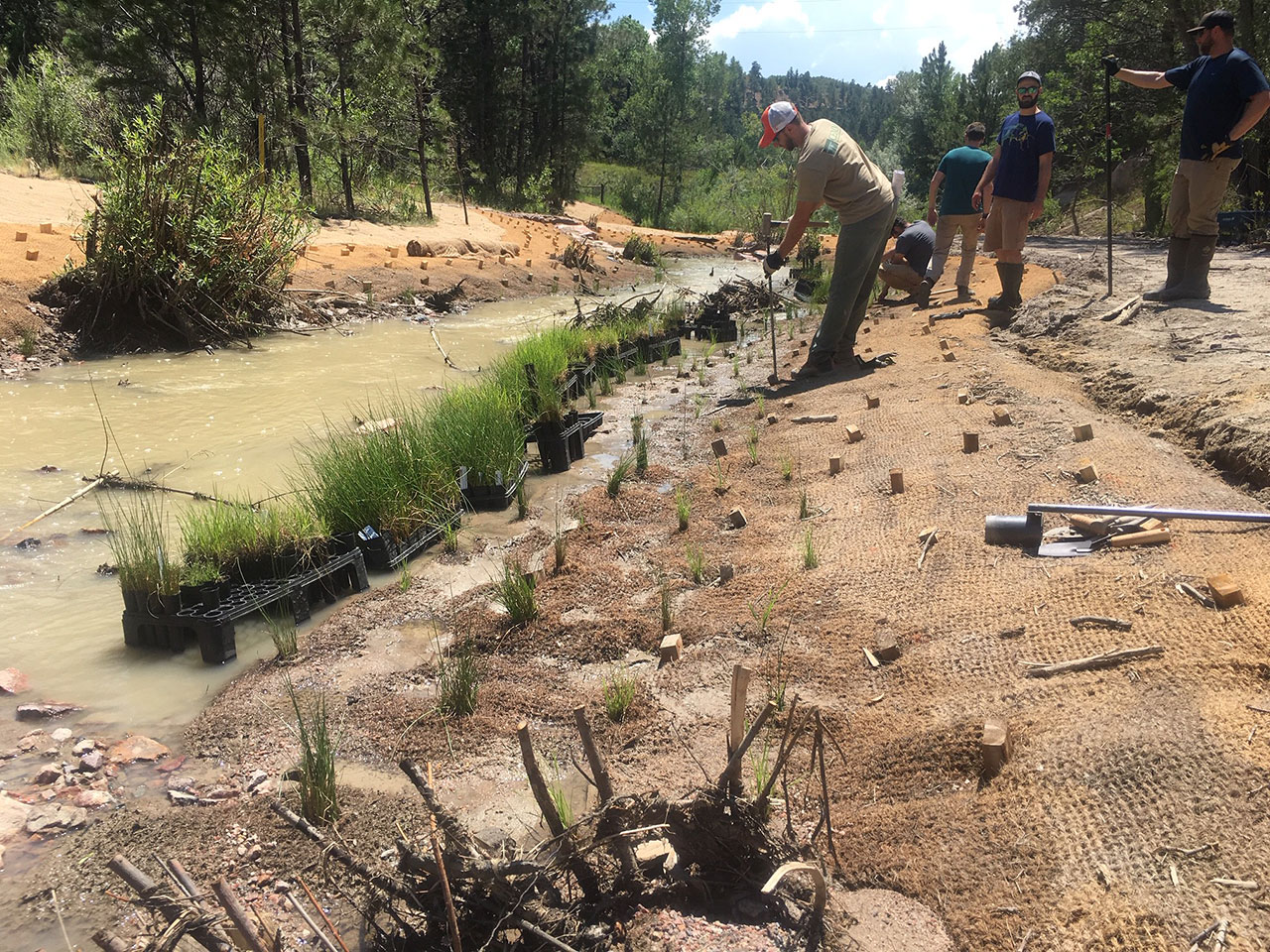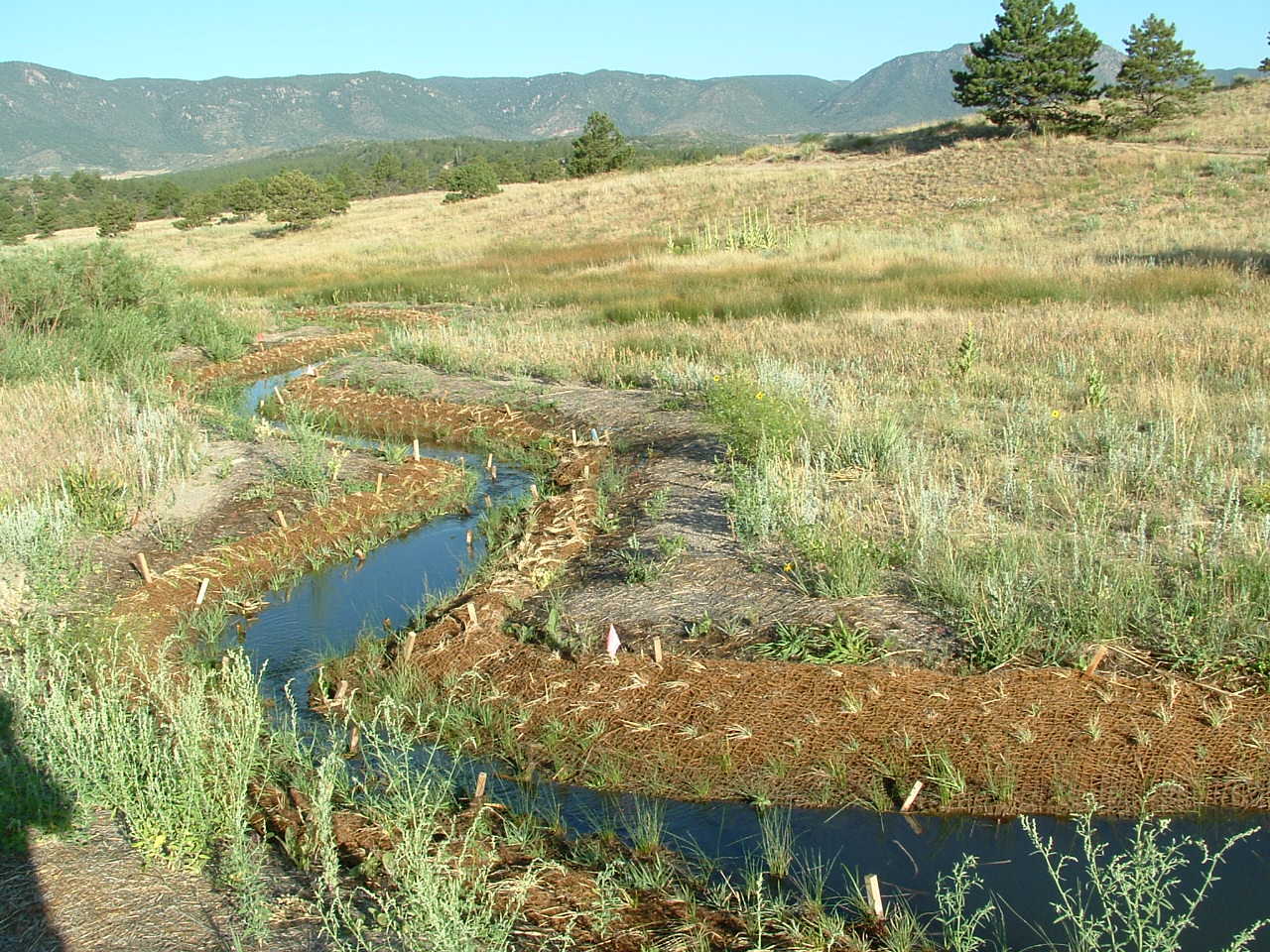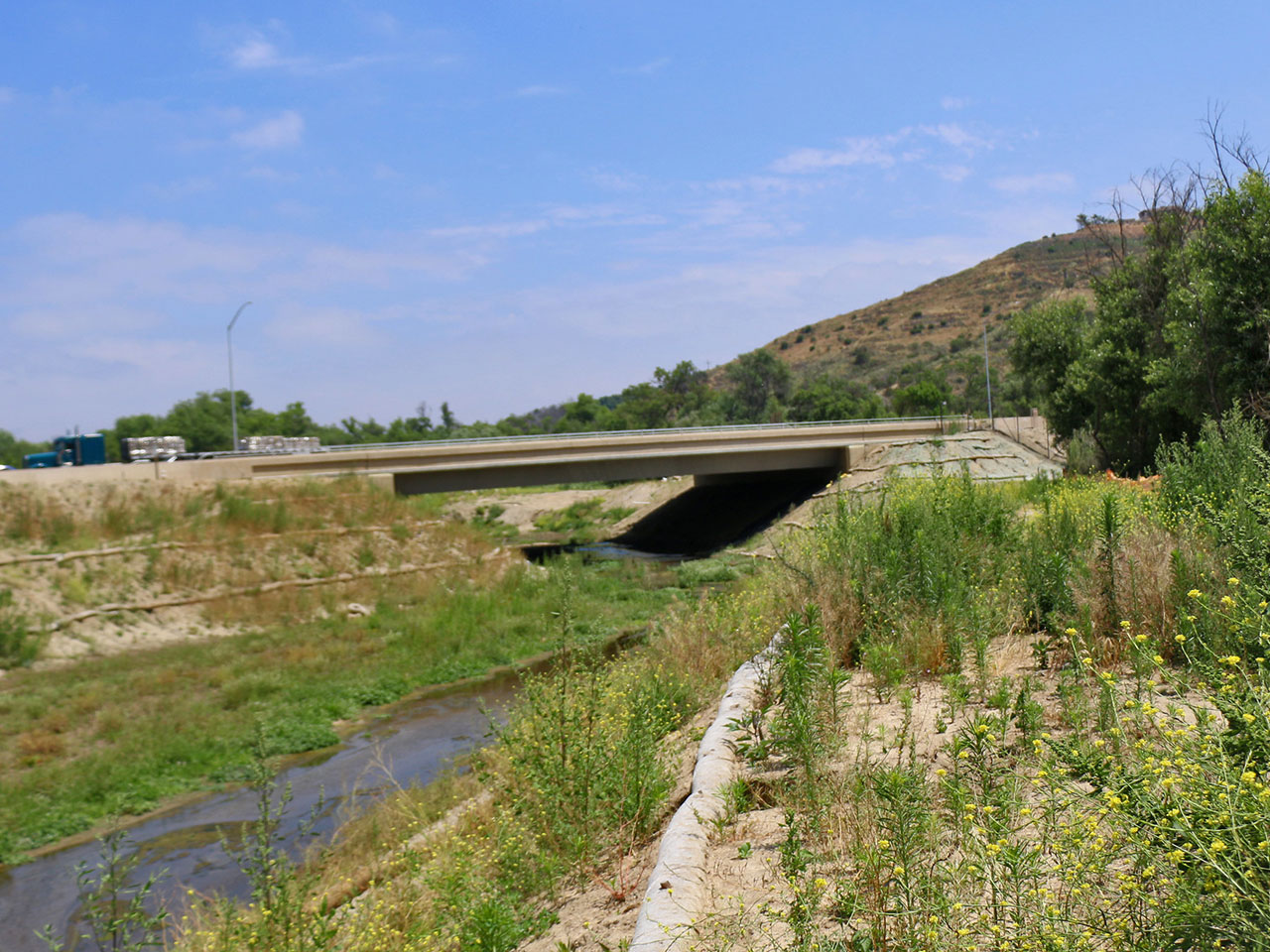Pronghorn-Friendly Fence Modifications in West Texas Grasslands
The Texas Parks and Wildlife Department (TPWD) and the Borderlands Research Institute (BRI) in Alpine, Texas, collaborated with local landowners to prioritize areas for pronghorn-friendly fence modifications. The team removed old, unused fences and accompanying fence posts, and adjusted the height and bottom strand of existing restrictive fences to allow pronghorn passage.



